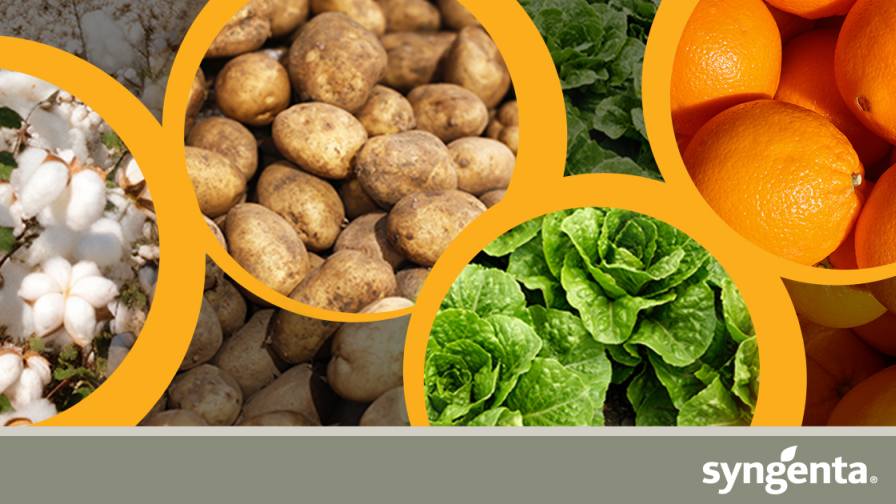Cyclone Devastates Myanmar Rice Region
Cyclone Nargis has caused tremendous damage to Myanmar’s “Food Bowl,” an area of high rice cultivation, according to the Food and Agriculture Organization (FAO). In response, FAO is calling for US $10 million to assist the country’s rural communities.
The five worst affected areas — Ayeyarwady, Yangon and Bago Divisions, and Mon and Kayin States – produce much of the country’s staple food of rice and fish, and the overall food security situation in Myanmar is seriously threatened, FAO said.
While the second crop of the 2007 rice season was fully harvested before the cyclone hit and no major crop losses are expected, rice already harvested for household consumption was most likely damaged by the storm surge. Inland and coastal fisheries, poultry, and livestock were also either damaged or lost, according to FAO. An estimated 2 million households were affected, meaning that a significant number of farming and fishing families are in need of urgent assistance.
“The hardest hit villages lost all their farming assets, as well as the food stored for the rest of the year,” said Anne M. Bauer, Director, FAO Emergency Operations and Rehabilitation Division. “Add to this the burden of rebuilding their destroyed houses and it is safe to say that these poor farmers will not have sufficient resources to purchase seed, fertilizers, and other inputs, protect surviving livestock and replace lost ones, and pay for on-farm labor during critical phases of the farm cycle.”
According to FAO’s Regional Representative for Asia and the Pacific, He Changchui, time is running out to prepare for the main rice planting season starting in early June with the onset of the monsoon rains.
“It is crucially important to mobilize the right type and volume of rice seeds, fertilizer, and other production inputs quickly, in order to resume agricultural productivity in a timely manner,” he said. Since much fertile agricultural land was inundated with sea water, another FAO priority will be to analyze soil salinity and review damage to irrigation and capacity for draining agricultural lands to make them suitable again for farming.
The destruction of Myanmar’s Food Bowl may also worsen the current global rice production outlook. Rice prices in Rangoon have already surged by nearly 50 percent. Myanmar may need to turn to neighboring countries, such as Thailand and Vietnam, for rice imports. This could lead to further pressure on already high world prices.






